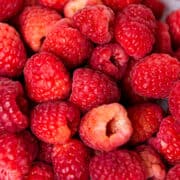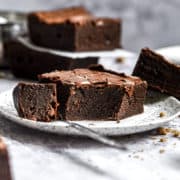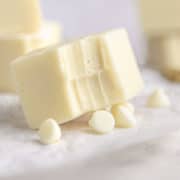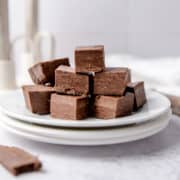Fresh raspberries are so delicious, and many people would claim them to be their absolute favorite berries, or at least way up there in the top three.

Jump to:
Once you know how to store raspberries to keep them fresh for as long as possible, you might want to investigate some new raspberry recipes, to make the most of these sweet, juicy little treats.
These berries can be enjoyed raw or used as a topping for oatmeal, yogurt, or ice cream, or used to make pies, jams, jellies, and baked goods.
Popular raspberry desserts include raspberry crisp, raspberry scones, and raspberry custard tart. The sky is the limit though and raspberries can take the place of other berries or even other kinds of fruit if you want to use them.
A seasonal fruit, I love to buy fresh berries in the summer. I like to blend mine with yogurt, a frozen banana, ice cubes, and a splash of honey to make the most wonderfully refreshing raspberry smoothie.
What are Raspberries?
Raspberries (Rubus Idaeus) are sweet red berries that are related to blackberries, blueberries, and strawberries. They are in the rose family.
Raspberries are native to northern Asia as well as Europe and are grown in temperate regions all over the globe. Red raspberries are native to Europe and northern Asia and cultivated in temperate areas worldwide. Most U.S. raspberries are grown in California, Washington, and Oregon.
Although they're usually small, round, and red, you can also get black and yellow varieties. Raspberries grow on bushes that can grow up to 6 feet tall and they're harvested in the summer. If you also want to enjoy raspberries in the cold winter months, your best option is to freeze some in the summer so you have plenty to last you all year.
A great source of Vitamins C and K, antioxidants, and fiber, these berries also have some potassium, magnesium, and folate content.
How to Select Raspberries
Of course, you will want to ensure you choose the best berries for the best flavor experience, and so you can avoid unnecessary food waste. Look for raspberries that are firm, brightly colored, and plump. They are very perishable, so avoid anything mushy or soft because they're already spoiled and might not last the rest of the day.
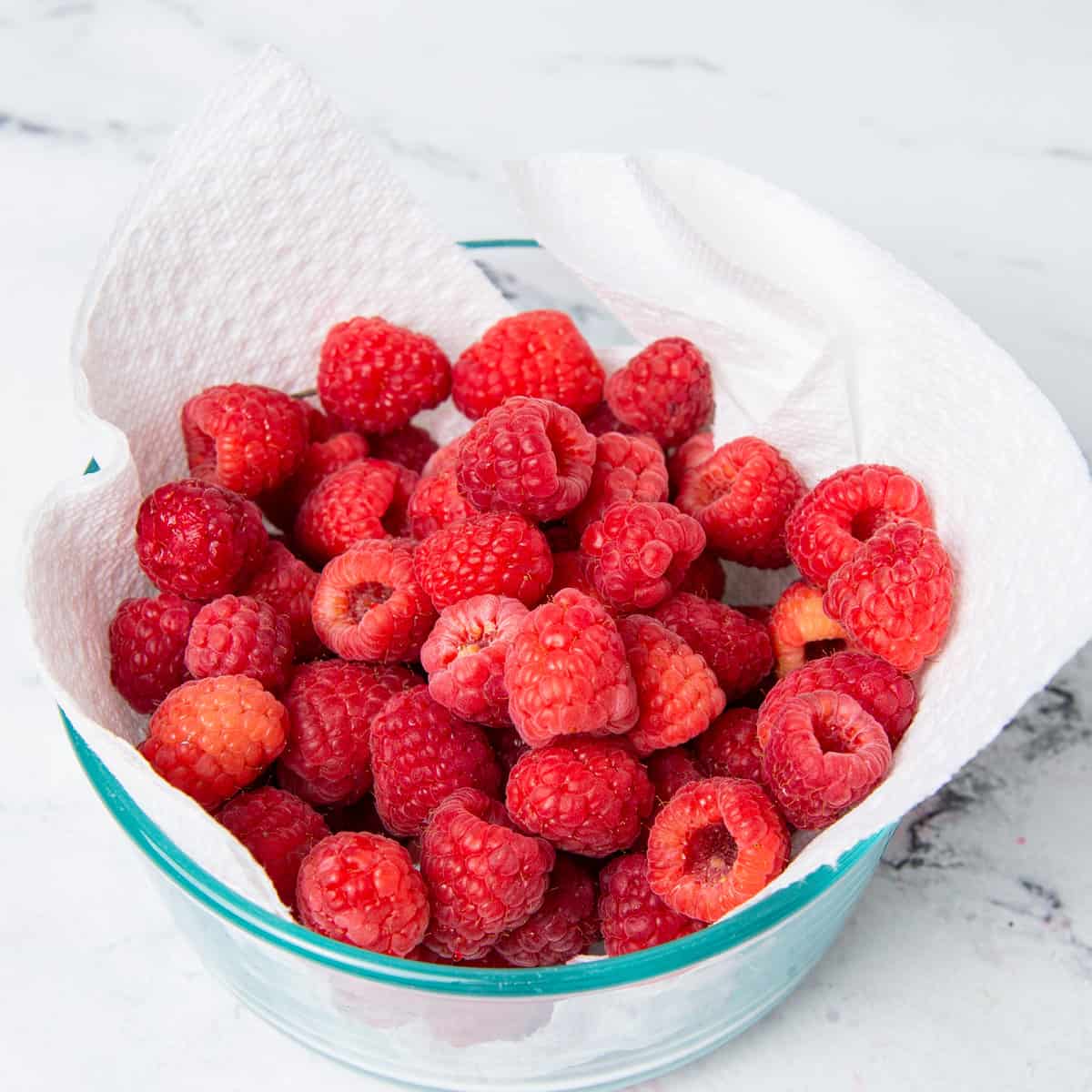
How to Store Raspberries
Whether you're buying raspberries from the grocery store or farmers market to snack on, add to your breakfast, or make a dessert such as raspberry cheesecake cookies or raspberry cupcakes, it's important to know how to store raspberries to keep them fresh. As you might expect, room temperature isn't the way to go.
- First, discard any raspberries with visible mold on them.
- Raspberries need ventilation and don't do well without much air, so rather than choosing an airtight storage container, choose a ventilated one or keep them in the original container.
- Gently transfer the raspberries into a bowl, line the bottom of the container with dry paper towels or a clean cloth, then gently put the raspberries back in there, so the paper towels can soak up any excess moisture.
- Makes sure the ventilation holes aren't blocked by the paper towels since raspberries require some airflow.
- Although you might assume the crisper drawer is the best way to keep them, it's better to keep raspberries on a shelf in the fridge or at the back of the refrigerator, or else they might dry out because of the slightly humid air in the crisper drawer.
- Use the berries within a day or so.
Another option is to freeze the delicate berries. To do this, pat them dry with a paper towel and then arrange them in a single layer on a wax paper-lined baking sheet. Freeze them, then transfer them into a Ziploc bag, plastic bag, or an airtight container to prevent freezer burn. I use a vacuum sealer to remove all the air, but you can make frozen raspberries without one.
This is a great way to store raspberries you aren't going to eat or use within a day or so, and the frozen berries should be fine for up to 18 months until they start to lose their flavor. You can grab a handful for making a raspberry smoothie or just thaw what you need for the recipe you want to make.
How to Tell if Raspberries Are Bad
Because this type of fresh produce has a relatively short life expectancy, you might find they look fine one day and are bad the next, so it's always best to eat raspberries the day you buy them.
Rotten raspberries will be soft and squishy and might have visible mold. Since mold spores travel from berry to berry, once you have one rotten berry, the rest will rot fairly quickly, so throw out any moldy berries right away.
Common Questions
You can prepare them either way. Don't run cold water over them though because they're delicate and can be crushed. The best way I found is to put them in a colander and then lower it into a large bowl of cool water.
If you prefer, you can use a mixture of 8 parts water and 1 part vinegar to help prevent molding. Don't let them sit in there for more than 15 seconds or so. You don't want them to take on the white vinegar taste.
It's important to dry them well before storing them. Because a salad spinner would crush and bruise these delicate, delicious fruits, it's best to dry them on paper towels or a clean kitchen towel. You can then proceed with storing or using them.
Since fresh raspberries don't last for long, you might like to dry them in a food dehydrator and then you can add the sweet fruit to cakes and cookies, granola, and more. This is one of the best methods to extend their life span by weeks.
Wash some firm, ripe ones (not over-ripe because they will fall apart) and then blot them on paper towels. Cut each berry in half, spray with some lemon juice, and then dry in a dehydrator, in the oven, or outside in the sun.

Fun Facts
- 90% of all the raspberries grown in the United States come from California, Oregon, and Washington.
- Raspberries come in red, black, yellow, and purple. The yellow ones are the sweetest.
- A raspberry is made up of 100 individual fruit known as drupelets with one seed. The drupelets are arranged around a small stem in the middle. The stem stays on the plant when picked which is why raspberries have a hollow middle.
- The largest grower of raspberries is Russia, where 125,000 tons of raspberries are cultivated every year.
Now you know how to store raspberries, you can treat yourself to these delicious fruits in berry season and make raspberry sauces, jams, quick bread recipes, and all kinds of wonderful desserts.
